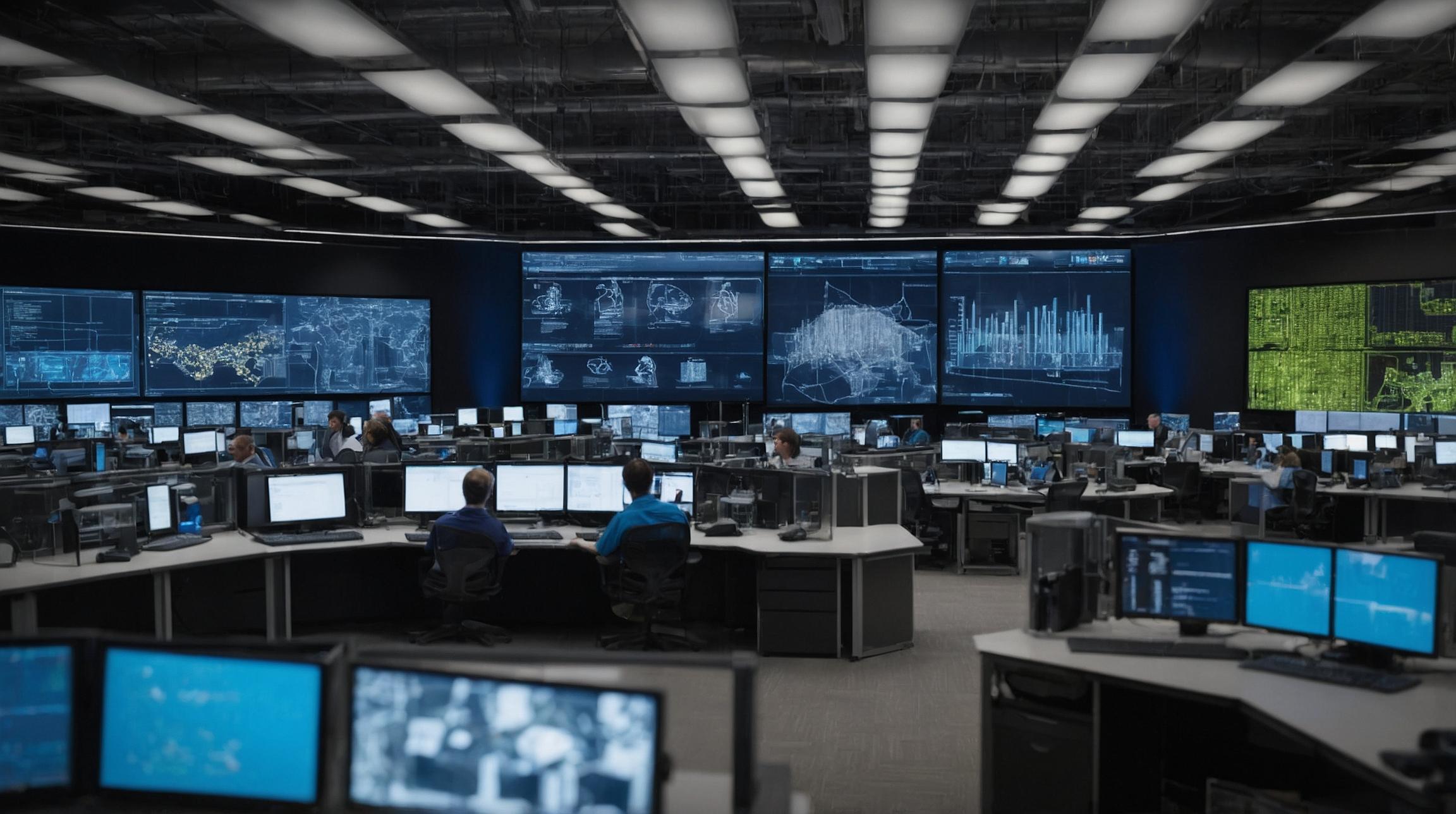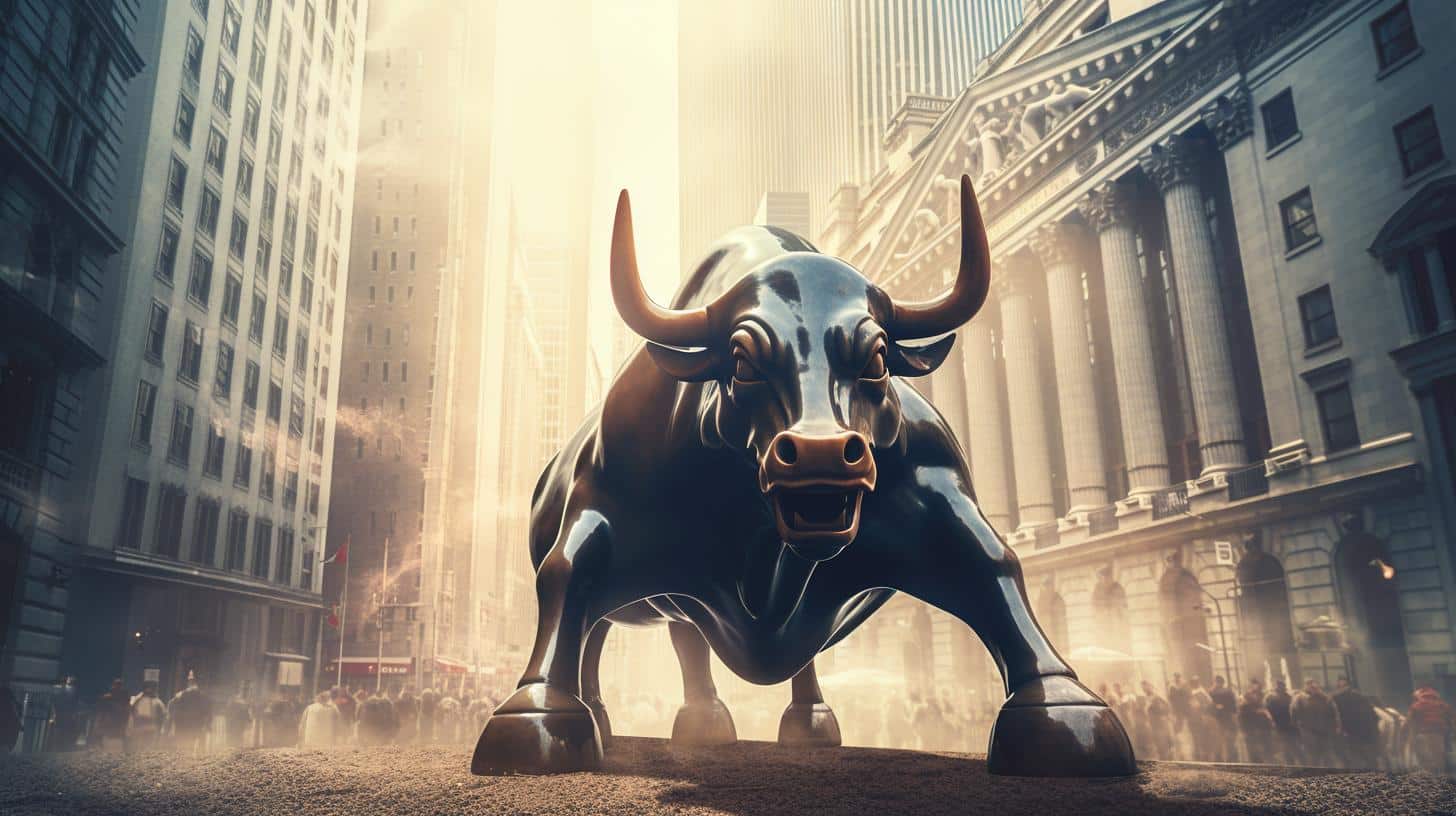Green Building Design: Sustainable Architecture Solutions SWOT Analysis
In the evolving landscape of architecture, green building design emerges as a pivotal movement, steering the industry towards a sustainable future. This in-depth SWOT analysis delves into the strengths, weaknesses, opportunities, and threats associated with sustainable architecture solutions, spotlighting how they're reshaping our environmental, economic, and social frameworks.
Strengths: A Foundation Built on Sustainability
At the core of green building design lies its immense potential for environmental preservation. By prioritizing energy efficiency, renewable resources, and sustainable materials, these structures significantly reduce carbon footprints, setting a benchmark for the construction industry. A notable strength is the innovative use of technology, such as solar panels and geothermal systems, which underscores a commitment to renewable energy solutions.
Another major advantage is the cost savings associated with green buildings. Despite the initial investment, the operational costs of these structures are markedly lower, thanks to reduced energy and water usage. This economic efficiency, coupled with the increasing demand for sustainable living spaces, positions green building design as a lucrative sector within the real estate market.
Weaknesses: Challenges on the Path to Sustainability
Despite the clear advantages, sustainable architecture faces notable challenges. The upfront cost of green buildings is higher than traditional constructions, primarily due to the price of sustainable materials and advanced technologies. This financial barrier can deter potential investors and clients who are wary of the initial expenditure.
Moreover, the regulatory landscape for green building design is complex and varies significantly across regions. This lack of standardization can confuse stakeholders and slow down the adoption of sustainable practices in the construction industry.
Opportunities: Paving the Way for a Greener Future
The push towards sustainability opens vast opportunities. There's a growing public awareness and demand for eco-friendly living spaces, driven by the escalating impacts of climate change. This shift in consumer preferences presents a ripe market for green buildings, encouraging architects and developers to innovate and expand their offerings.
Furthermore, government incentives for sustainable construction projects, such as tax benefits and grants, offer a financial boost to the sector. These initiatives not only lower the economic hurdles but also signal a move towards a regulatory environment that favors green building practices.
Threats: Navigating a Landscape of Uncertainty
The path to widespread adoption of green building design is fraught with obstacles. The volatility of the real estate market can impact the growth of sustainable architecture, with economic downturns posing significant risks. Additionally, the ever-evolving nature of technology presents a challenge, as what's considered cutting-edge today may become obsolete tomorrow, necessitating continuous investment in innovation.
In conclusion, the green building design and sustainable architecture solutions sector stands at a crossroads of immense potential and challenges. By leveraging its strengths and addressing its weaknesses, this field can capitalize on the opportunities that lie ahead, while navigating the threats with strategic foresight. As society moves towards a more sustainable future, green building design holds the key to transforming our living spaces into models of efficiency, resilience, and harmony with the environment.













